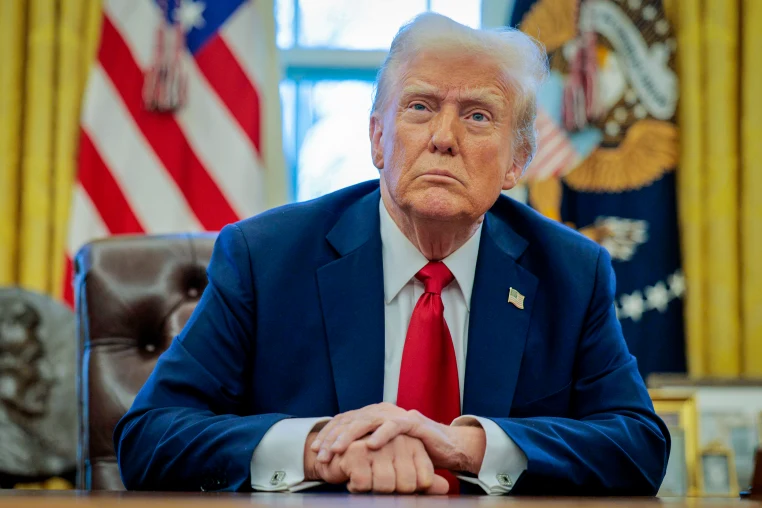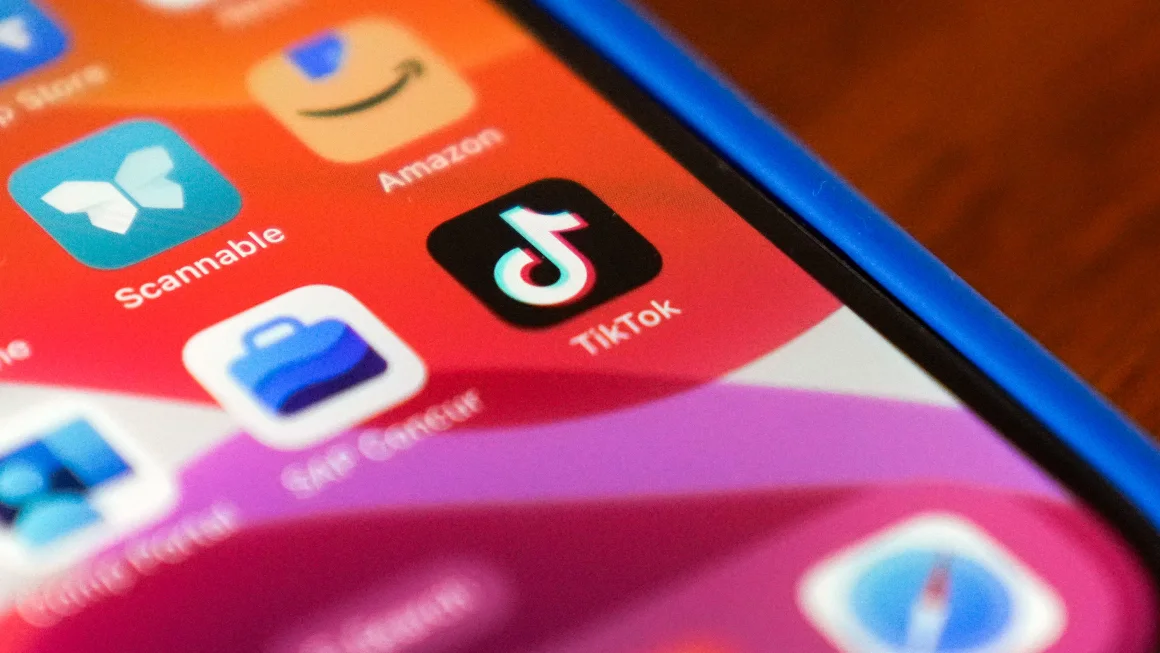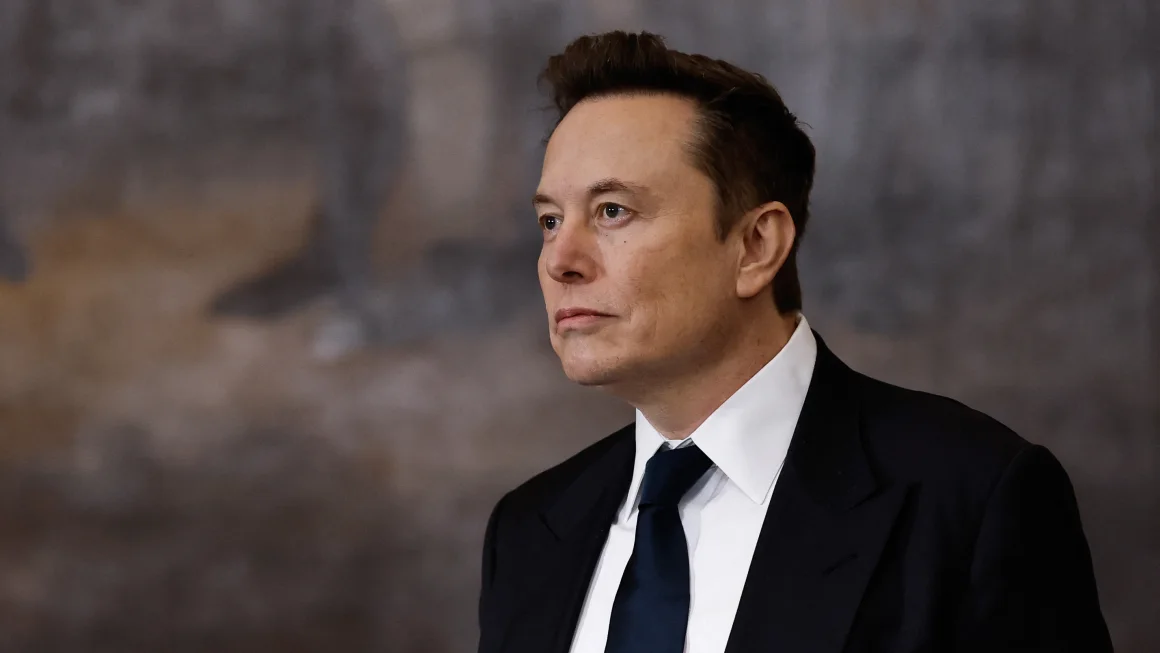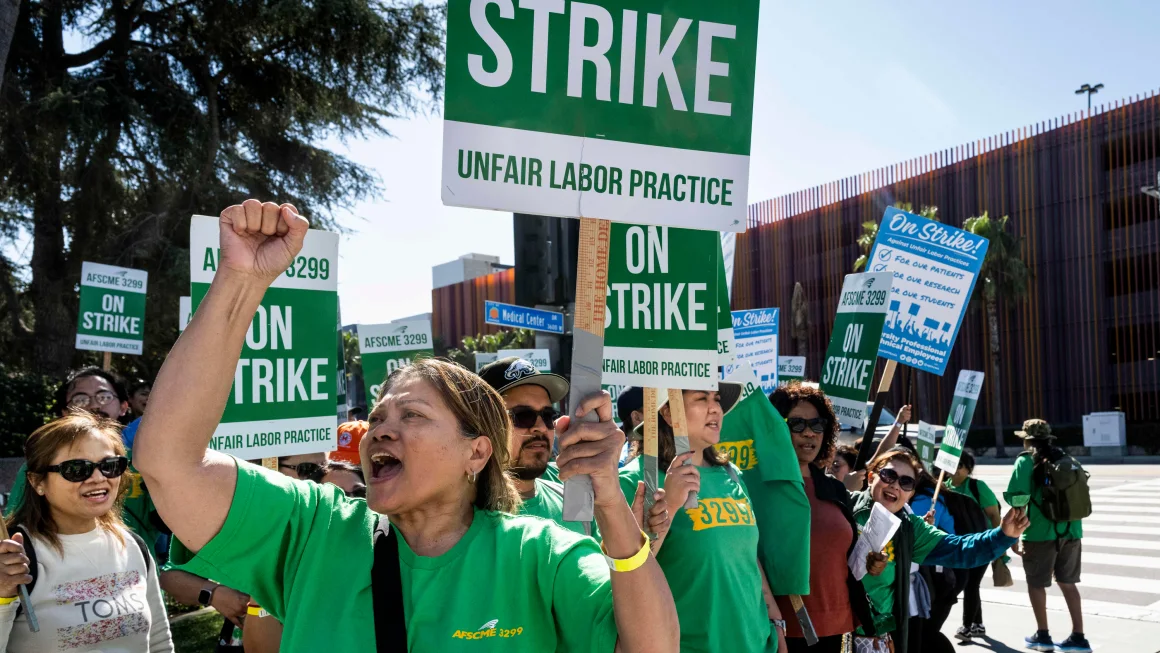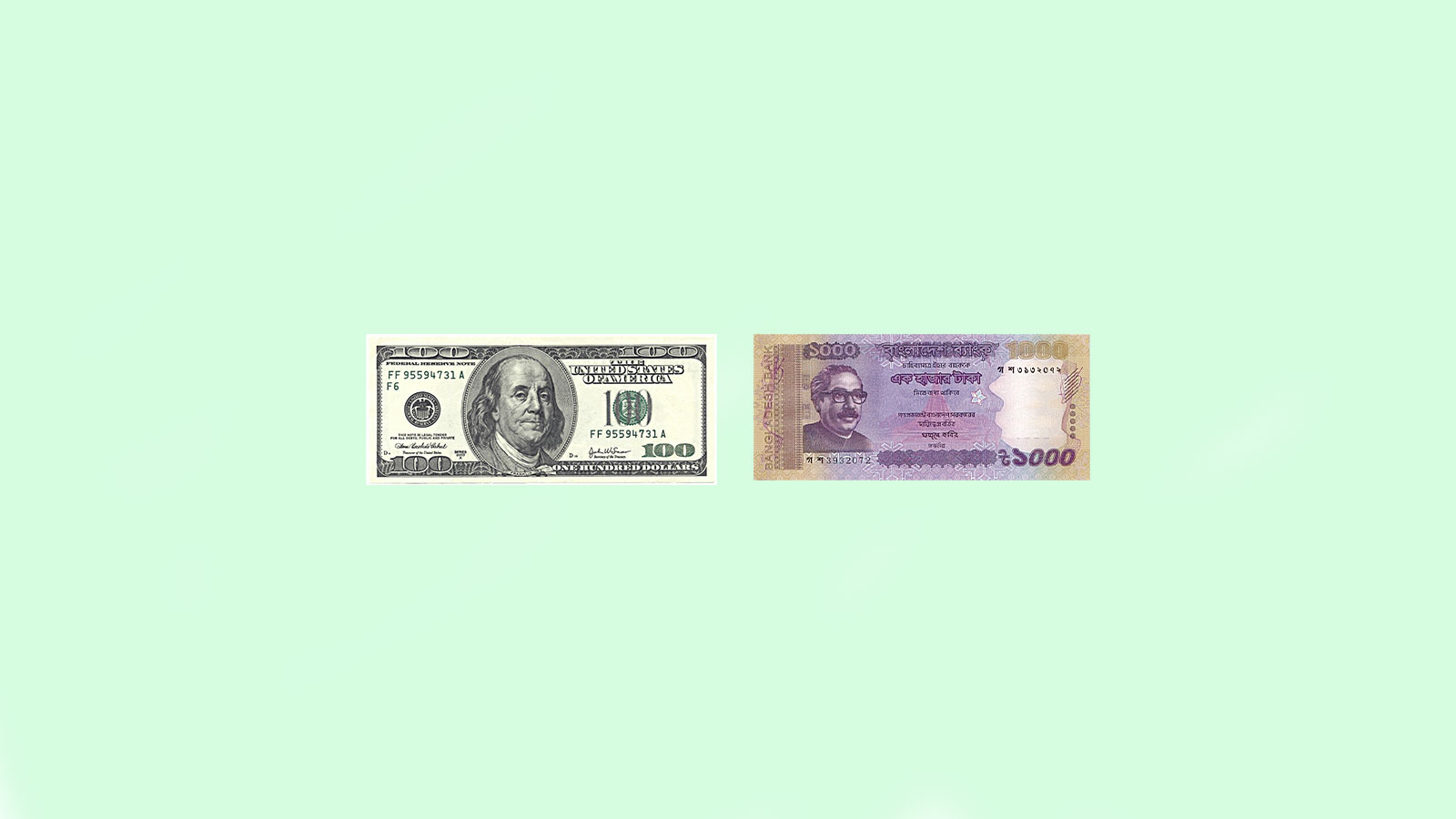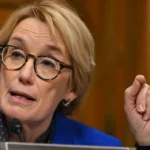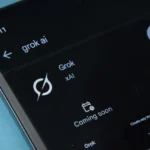TikTok’s Rollercoaster Weekend: Ban, Unban, and the Uncertain Future Ahead
Over the weekend, TikTok experienced an extraordinary series of events that have captivated millions of Americans and thrust the app into a national debate over security, free speech, and foreign influence.
On Saturday, TikTok appeared to be on the verge of being banned nationwide as a law mandating its removal from U.S. app stores was set to take effect. The app, which boasts over 170 million American users, went dark, leaving millions unable to access the platform. Just hours before the ban was to be enforced, TikTok returned to the internet on Sunday after President-elect Donald Trump intervened, citing the need for more time to review the situation. Despite the temporary resolution, the app’s long-term fate in the United States remains up in the air.
Timeline of Key Events
August 6, 2020: Former President Donald Trump issues an executive order aimed at banning TikTok, citing national security concerns over the app’s data collection practices and its links to China. Trump argued that TikTok could be used by the Chinese Communist Party to access Americans’ personal information for espionage or blackmail.
January 2021: President Joe Biden delays the enforcement of the ban, opting to reassess the situation.
April 2024: Biden signs the Protecting Americans from Foreign Adversary Controlled Applications Act, a law with bipartisan support that seeks to ban TikTok unless its ownership is transferred to a U.S. or allied country.
May 2024: TikTok and its parent company, ByteDance, sue the U.S. government, claiming the law violates the First Amendment rights of its users.
December 18, 2024: The U.S. Supreme Court agrees to hear arguments regarding the constitutionality of the ban, with a decision pending.
January 17, 2025: The Supreme Court upholds the law, ruling that the risks posed by China outweigh concerns over free speech. TikTok is given until January 19 to comply.
January 18, 2025: As the ban deadline looms, TikTok warns that it may go dark unless clarity is provided. The White House dismisses the threat as a “stunt,” urging the company to wait for the new administration’s guidance.
January 19, 2025: Just hours before the ban was to take effect, President-elect Trump intervenes, posting on Truth Social that he has spoken with Chinese President Xi Jinping about TikTok and will delay the ban for 90 days once he assumes office. The app is restored by midday after Trump’s announcement.
January 20, 2025: Trump, now officially in office, signs an executive order delaying the ban for 75 days. The order directs the Justice Department not to enforce the prohibition under the Foreign Adversary Controlled Applications Act.
What’s Next?
While TikTok’s immediate future seems temporarily secured, the road ahead remains uncertain. Trump’s decision to delay enforcement may not be the final word. The law that sparked the controversy has strong bipartisan backing, and some Republican lawmakers, including Senators Tom Cotton and Pete Ricketts, have voiced opposition to any further delays or extensions of the ban.
The key issue now is whether TikTok will be forced to sell to a non-China-based buyer or if Congress will pass new legislation to address the issue. With ByteDance insisting it has no intention of selling, any resolution is likely to be complicated and may take months or even years to unfold.
For now, millions of Americans can breathe a sigh of relief as they continue scrolling through their TikTok feeds, but the question of TikTok’s future in the U.S. is far from settled.

